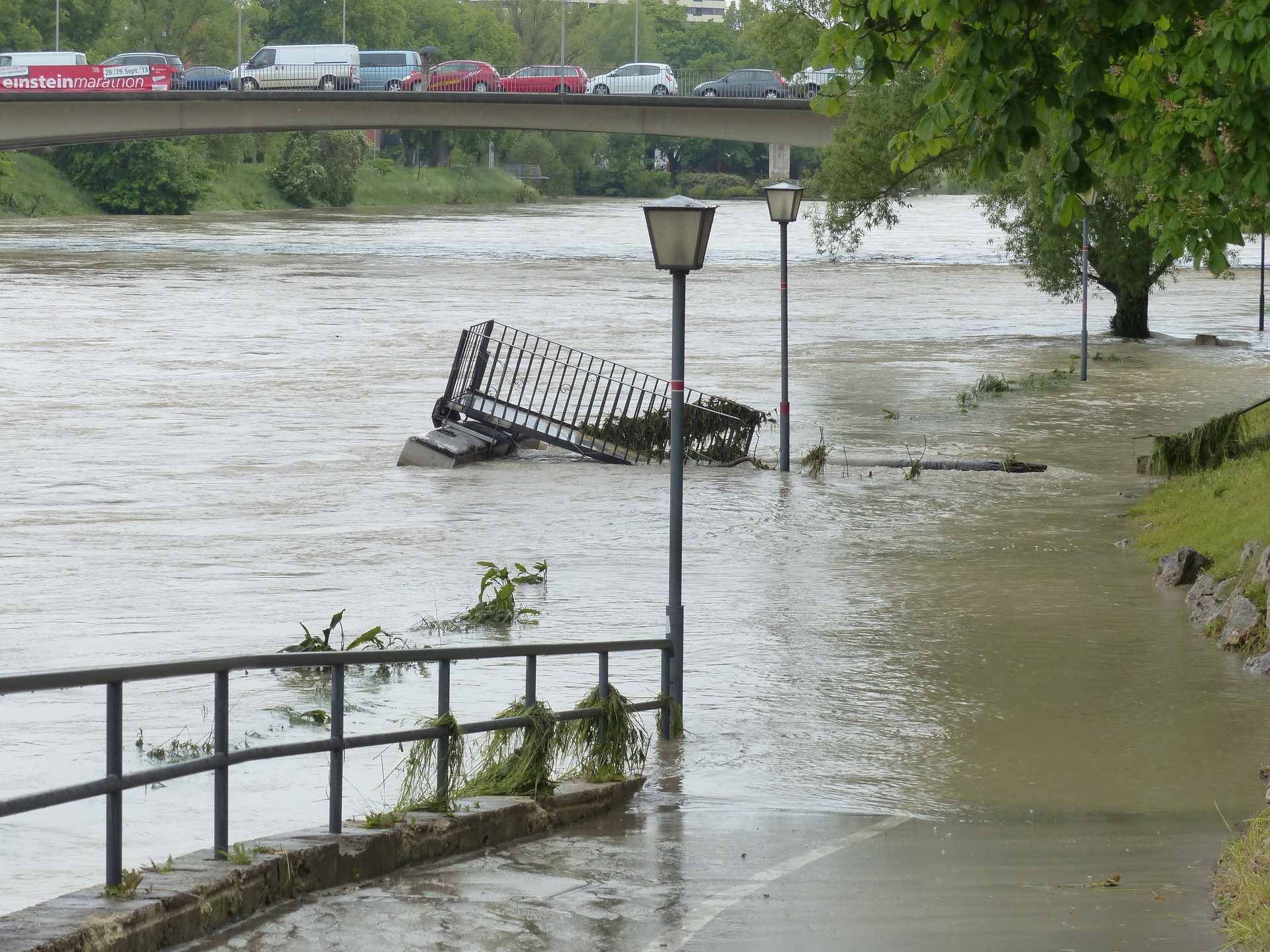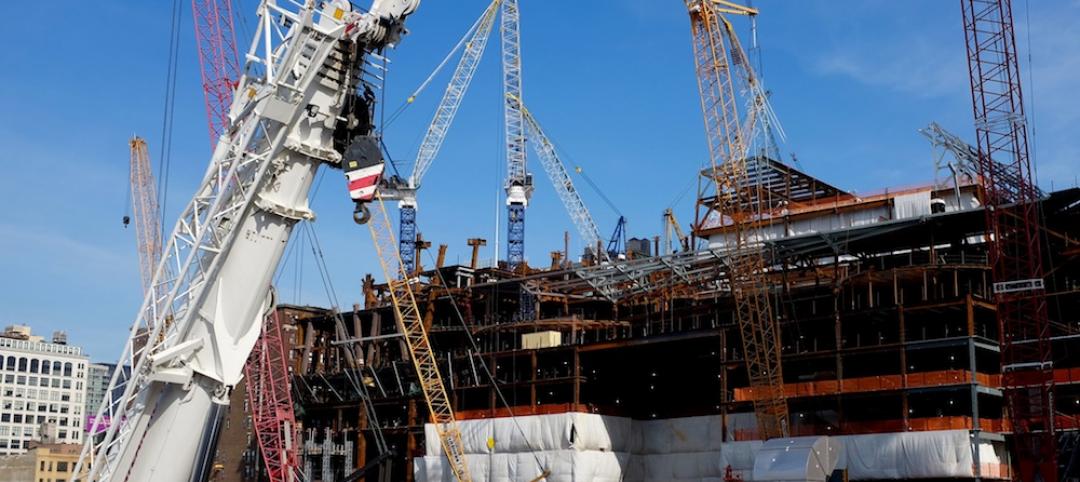The perception that the U.S. has not been able to curb development in flood-prone areas is mostly inaccurate, according to new research from climate adaptation experts.
A national survey of floodplain development between 2001 and 2019 found that fewer structures were built in floodplains than might be expected if cities were building at random. Data indicates that the average city now avoids new construction in floodplains, a finding that bucks conventional wisdom.
Communities in two states, Florida and Louisiana, are exceptions. These states are responsible for most of the floodplain construction in the U.S. this century. Much of the available land in these states is in either coastal or riverine floodplains, and the economies of both states largely depend on proximity to water.
Researchers focused on New Jersey and found that more than three-quarters of Garden State towns reduced floodplain development since 2000. About a quarter of the state’s communities eliminated floodplain development. They did through “routine municipal practices” such as zoning changes and permit denials.
A caveat to the research is that flood zones were delineated by Federal Emergency Management Agency flood insurance maps, which researchers say are outdated.
Related Stories
Sustainability | Mar 17, 2016
New York City releases Design and Construction Excellence 2.0 Guiding Principles
Addresses sustainability, resiliency, healthy living.
Resiliency | Feb 22, 2016
Legal challenge filed over N.J.’s new coastal management regulations
Groups argue rules make it easier to build in flood-prone areas.
Resiliency | Feb 16, 2016
Obama establishes federal earthquake risk management standard
The standard requires federal agencies to use earthquake-resistant design provisions in current building codes.
Resiliency | Feb 2, 2016
New York City’s post-Hurricane Sandy resiliency efforts hailed as exemplar
Lessons learned can help urban areas cope with climate change impacts.
Resiliency | Jan 29, 2016
Section of New Orleans will try new approach to flood control
The city will turn to a retain and control storm water strategy.
Resiliency | Jan 13, 2016
LEED credits on resiliency expected to influence future of building design
Post-disaster survivability is a key goal.
Resiliency | Dec 7, 2015
New earthquake rating system released by the U.S. Resiliency Council
Intended for building owners and leasing, finance, and insurance industry.















